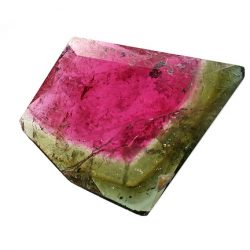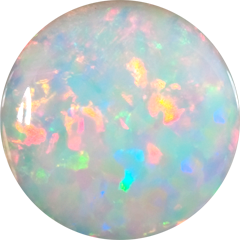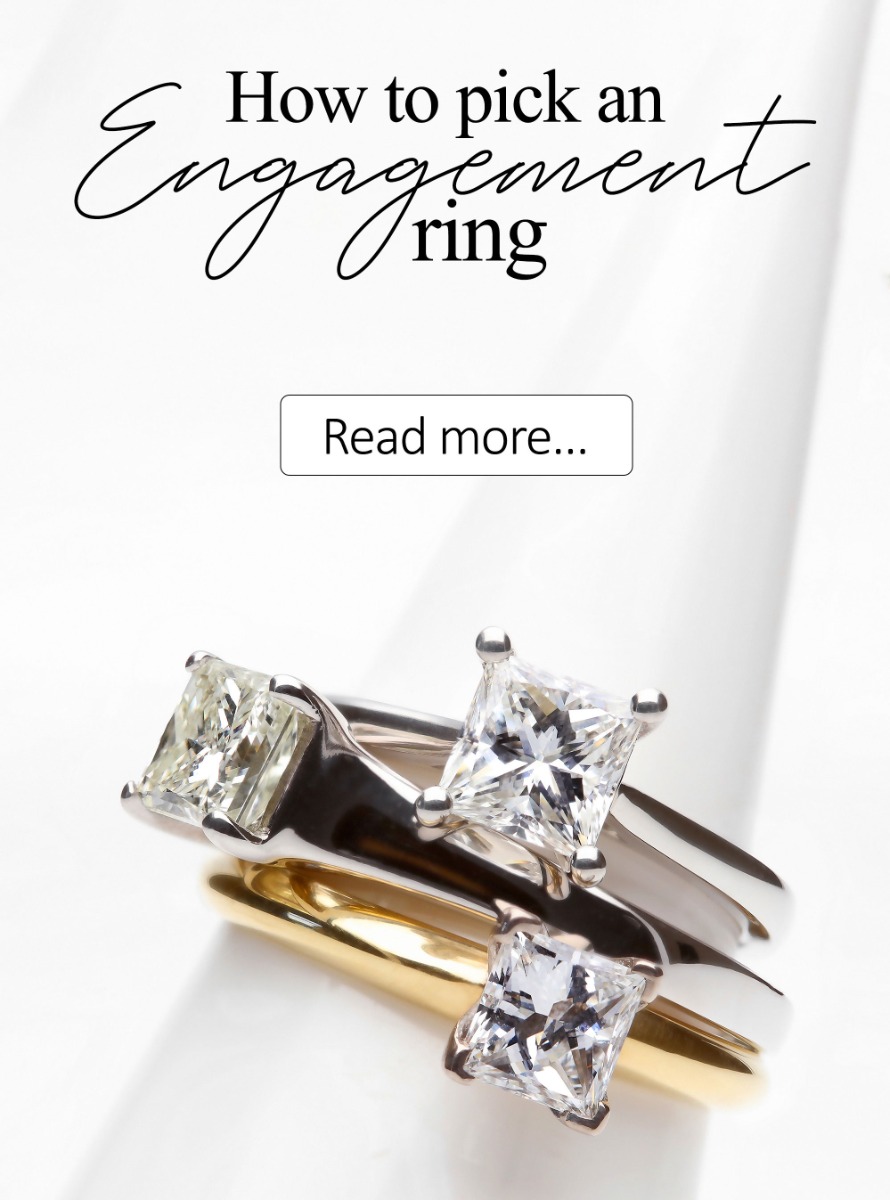October may single-handedly be the most colourful months, in terms of the leaves changing colour signifying the leap into Autumn and in terms of birthstones. That’s right, October babies you get the choice between two-and even then there are limitless possibilities.
- October has two birthstones, the Opal and Tourmaline, both of which come in a variation of different shades and colours

Watermelon Tourmaline, the watermelon prefix refers to the unique colour combination that resembles the fruit of the same name
- According to legend, the two gemstones came to earth through a journey of rainbows, perhaps telling as to why they have such an extensive colour variety
- The word ‘Tourmaline’ stems from the Sinhalese word, tura mali meaning ‘stone of mixed colours’; while Opal originates from Greek lexicon, opallios, which refered to the phrase ‘to see a change in colour’. Both very fitting!
- Tourmaline’s colour depends on trace elements in its chemical makeup. As the crystal grows there is a change in concentration and composition of the colour. A Tourmaline gemstone can have up to 15 different colour variations, and can either have a core colour with an outer edge rim of a different colour or colour zones over the entirety.
- The word ‘Tourmaline’ stems from the Sinhalese word, tura mali meaning ‘stone of mixed colours’; while Opal originates from Greek lexicon, opallios, which refered to the phrase ‘to see a change in colour’. Both very fitting!
- In 1960, scientists discovered that Opal is composed of microscopic silica spheres that emit light displaying colours of the rainbow though they are often referred to by their ‘background’ colour of white or black

- Unlike most, Tourmaline is just one mineral, but instead an amalgamation of a complex group of different minerals with extensive chemical properties
- Opals were first discovered in Australia in 1850, producing 95% of the world’s supply. However, countries like, Brazil, Mexico and Ethiopia amongst others, have also mined Opal
- Tourmaline is mined in a host of different regions from Maine and California in the US to Afghanistan and Pakistan
- On the Mohs scale of hardness, Tourmaline falls between 7 to 7.5 making it a very wearable and durable piece of jewellery. Opal, a more delicate gem, has a hardness between 6 to 6.5
- Opal has a water content between three to 21 percent
- Impressively, Tourmaline is pyroelectric, which means it generates electricity when it is heated. After it is charged, the Tourmaline is then magnetic and can attract or repel particles of dust.
- One of the more commonly worn among a wide range of people, legend has it that Opal’s exude bad luck on those who wear it and weren’t born in October. On the contrary, many people believe it brings good fortune. As long as it looks good, who really cares!
- Black Tourmaline was used as a talisman by ancient magicians believing it would protect them from evil and negative energy. People today still believe that it shields them against toxins and negativity.
Shop all Opal and Tourmaline jewellery at William May.














